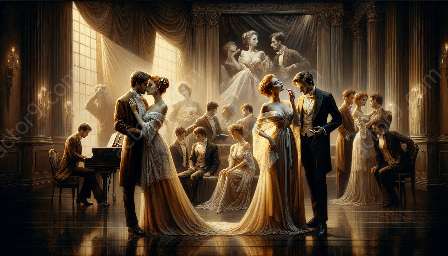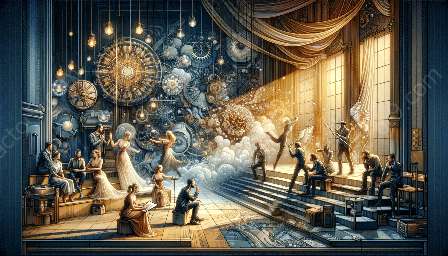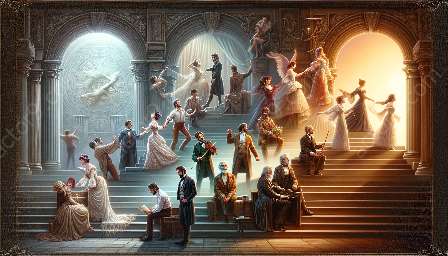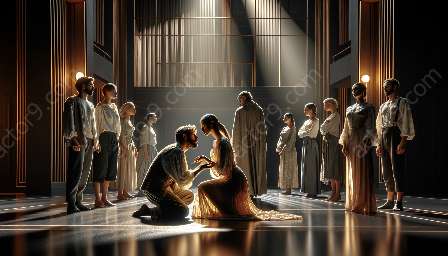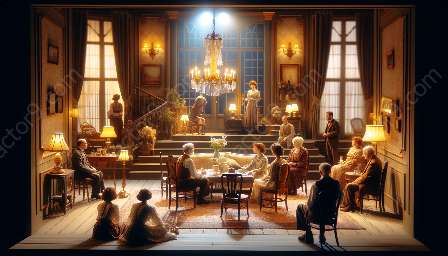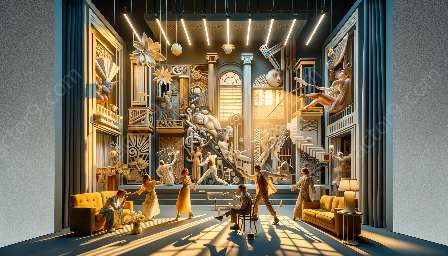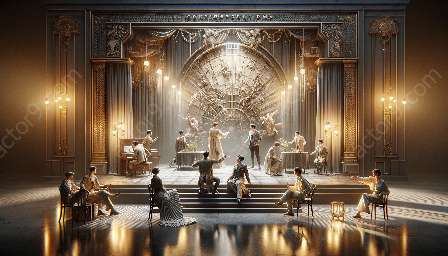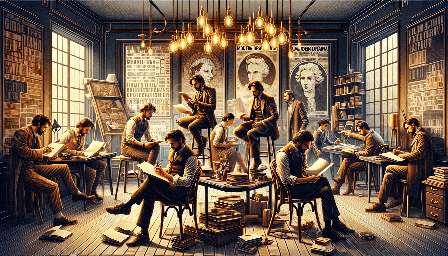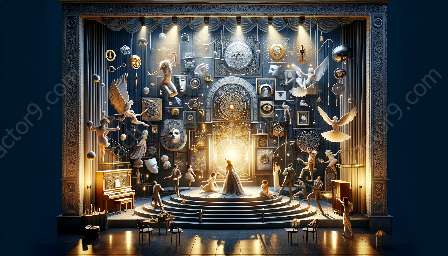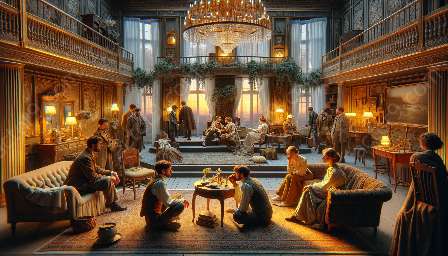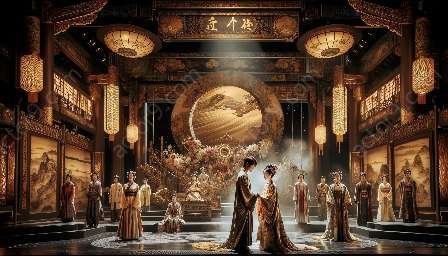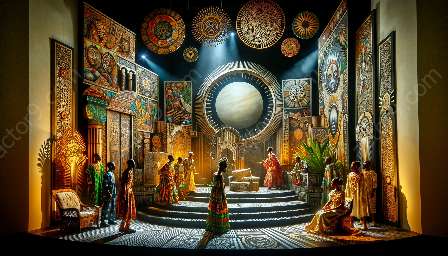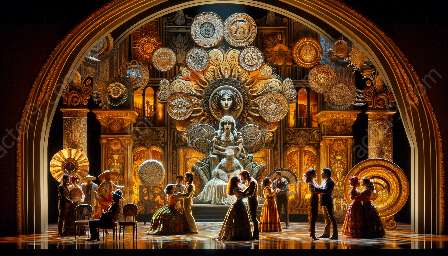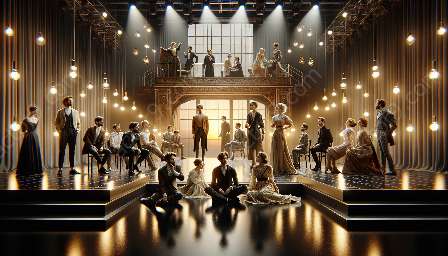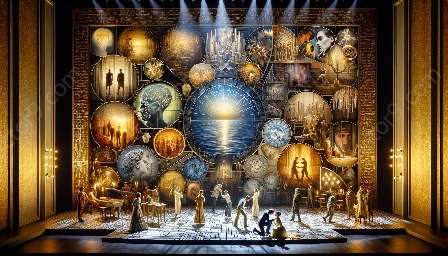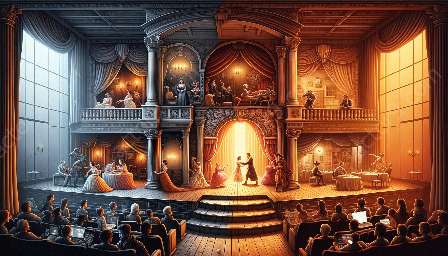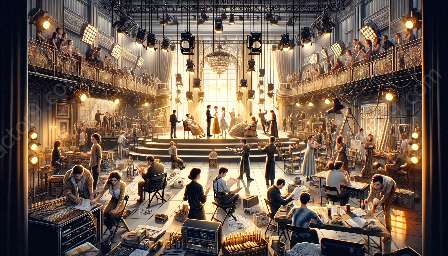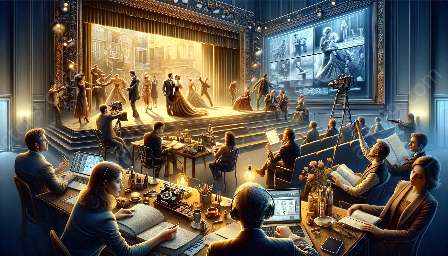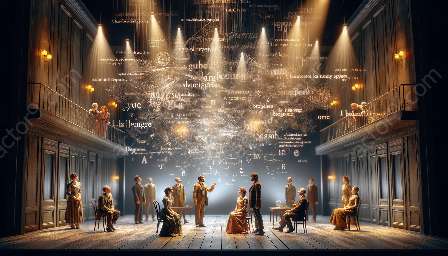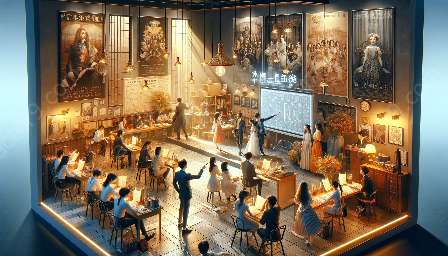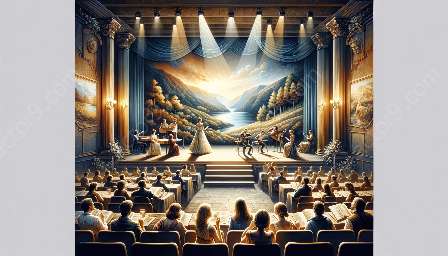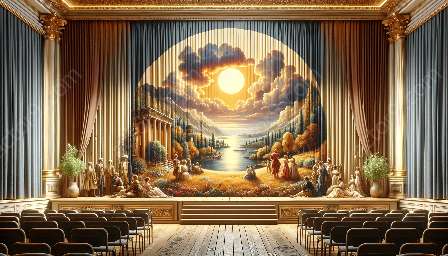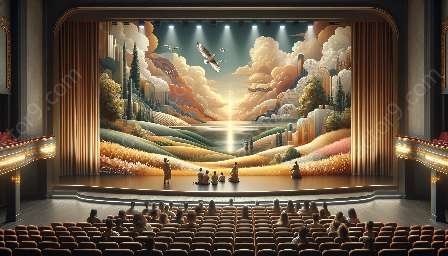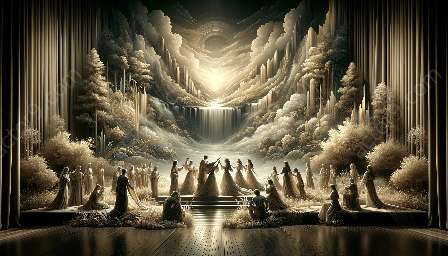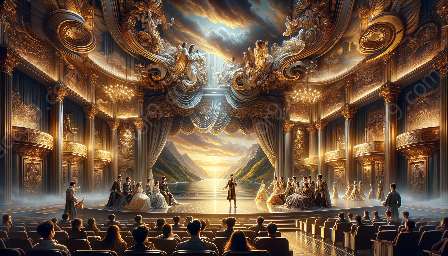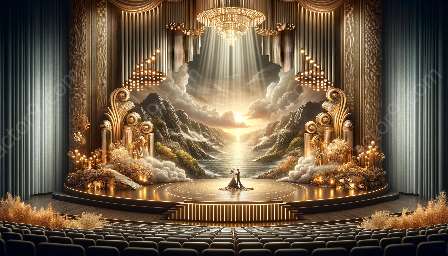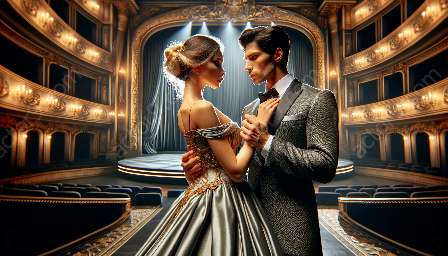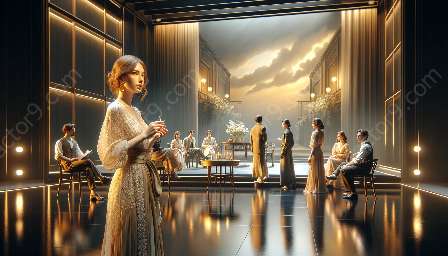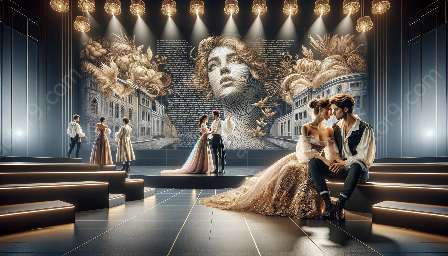Modern drama has seen a fascinating evolution in terms of engagement with interdisciplinary art forms and performance styles, with an immense impact on the use of language in dramatic works. As we delve into this topic, we will explore the intertwining of various art forms and styles of performance within modern drama, and how they have contributed to the evolution of language use in the dramatic context.
Interdisciplinary Art Forms in Modern Drama
One of the defining features of modern drama is its embrace of interdisciplinary art forms. Modern playwrights and theater practitioners have not only incorporated traditional elements of drama, but also integrated various art forms such as music, dance, visual arts, and multimedia into their works.
This integration has allowed modern drama to become a rich tapestry of artistic expression, providing audiences with immersive experiences that transcend the boundaries of traditional theater. By incorporating diverse art forms, modern drama has opened up new avenues for storytelling and communication, leading to a more engaging and thought-provoking theatrical experience.
Impact on Performance Styles
Furthermore, the engagement with interdisciplinary art forms has significantly influenced performance styles in modern drama. Actors and directors have explored innovative ways to deliver their performances, incorporating elements of physical theater, dance, and improvisation into their craft.
This evolution in performance styles has not only expanded the expressive range of actors but has also redefined the language of performance in modern drama. Through the fusion of various art forms, performers are able to convey emotions and narratives in ways that go beyond conventional dialogue, creating a multi-dimensional and impactful theatrical experience for audiences.
Use of Language in Modern Drama
As modern drama continues to evolve, so does the use of language within this artistic realm. Playwrights and scriptwriters have embraced linguistic diversity, experimenting with different dialects, vernaculars, and forms of communication to reflect the complexity of contemporary society.
The use of language in modern drama goes beyond the spoken word, as it encompasses the integration of multimedia, technology, and non-verbal communication. This dynamic approach to language challenges traditional norms and expands the thematic richness of dramatic works, offering audiences a more inclusive and culturally resonant storytelling experience.
Evolution of Modern Drama
The interdisciplinary engagement and performance styles in modern drama have played a pivotal role in its evolution. By transcending the confines of traditional theater, modern drama continues to push the boundaries of artistic expression and communication, reflecting the dynamic cultural landscape of the contemporary world.
This evolution is not only evident in the thematic exploration and narrative techniques but also in the linguistic innovations that modern drama has ushered in. The integration of interdisciplinary art forms and diverse performance styles has contributed to a more vibrant and inclusive theatrical landscape, enriching the language and experience of modern drama for audiences and practitioners alike.

